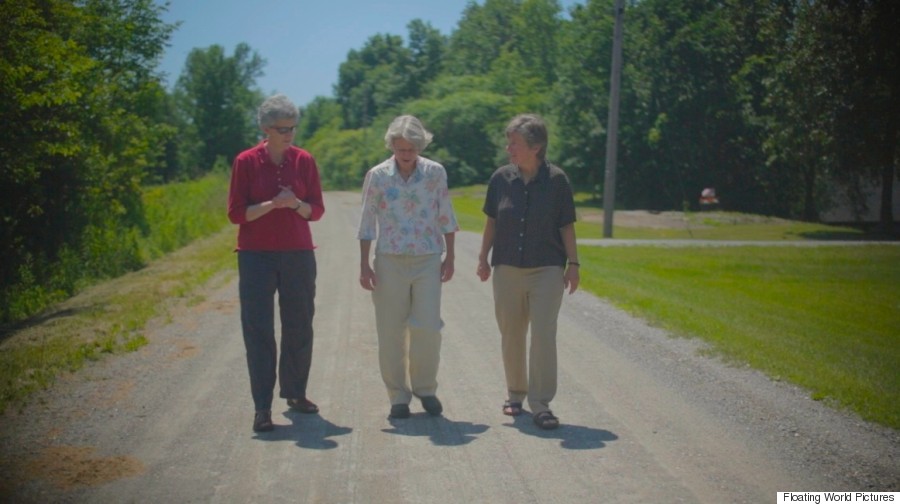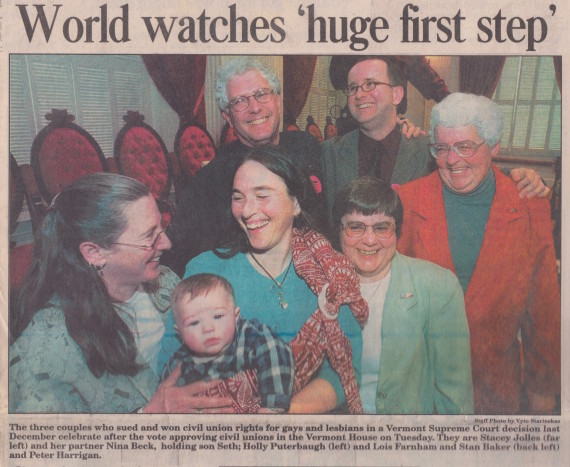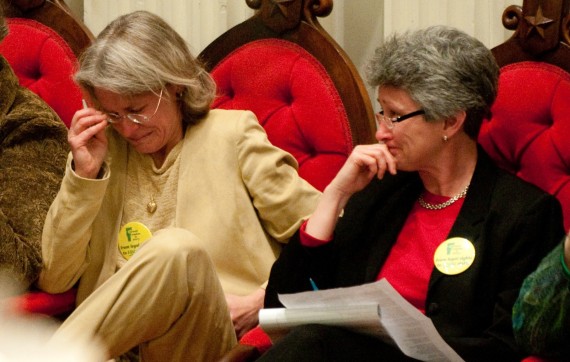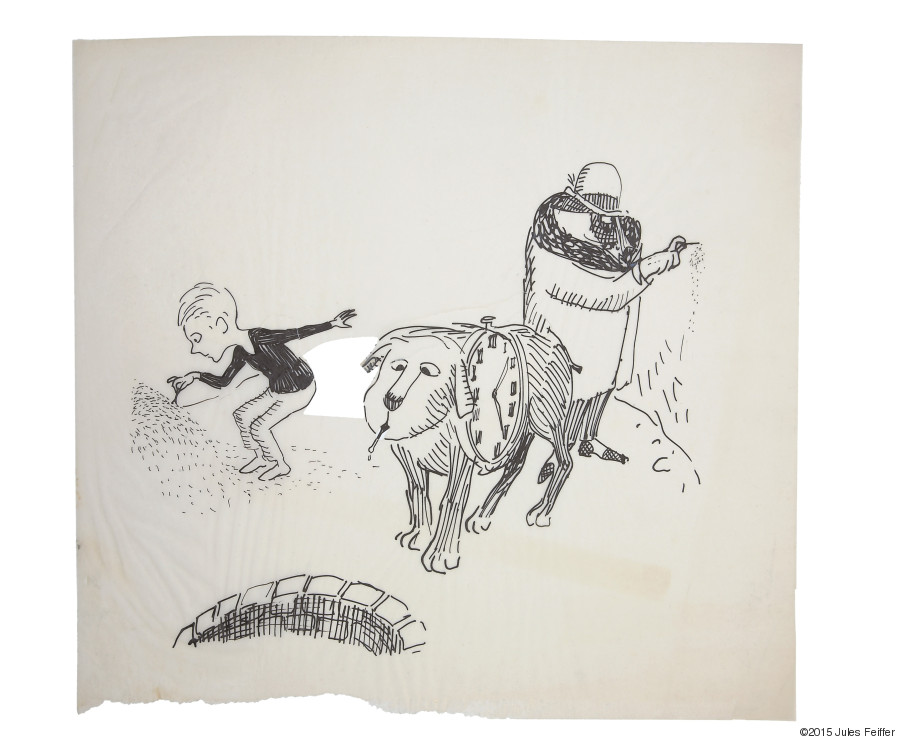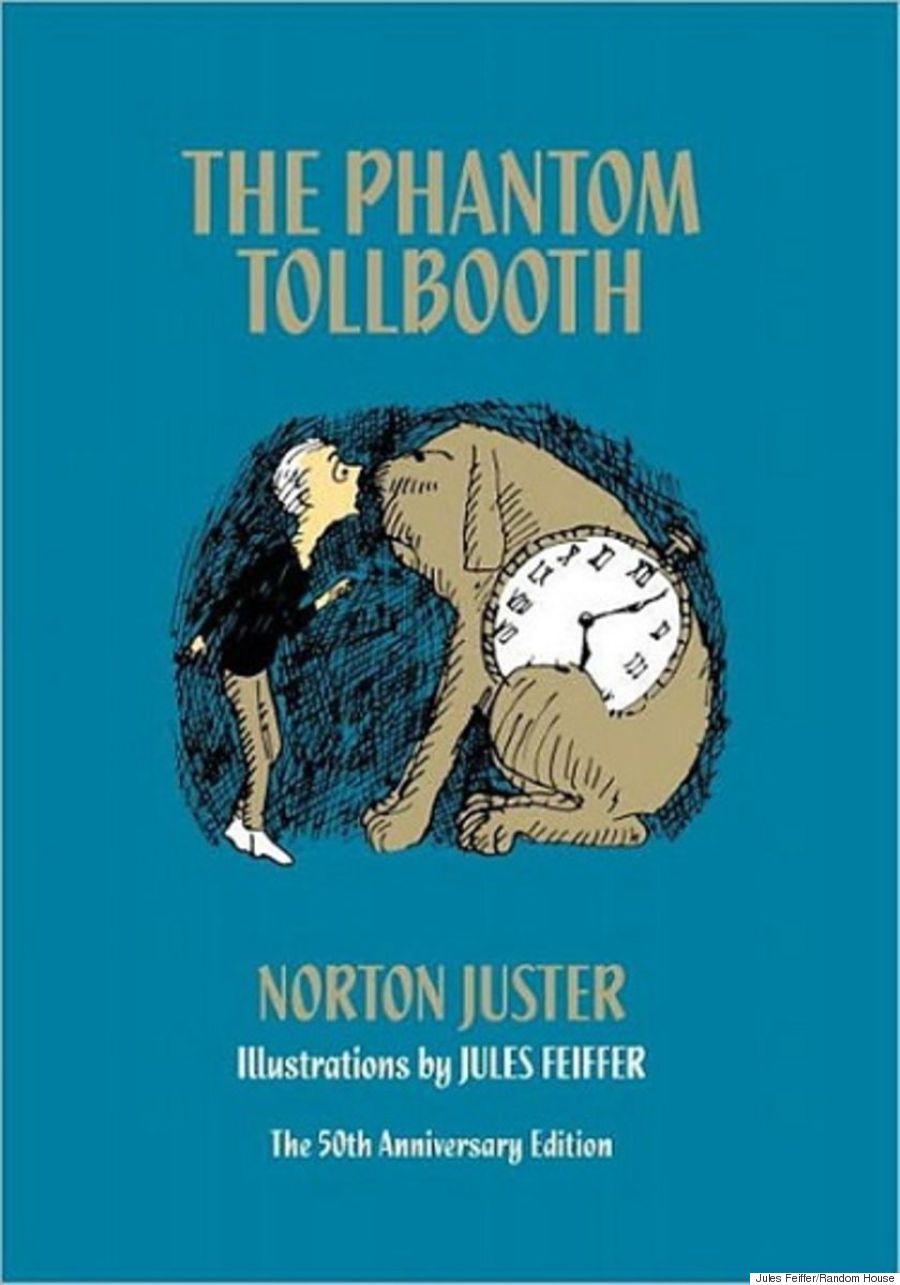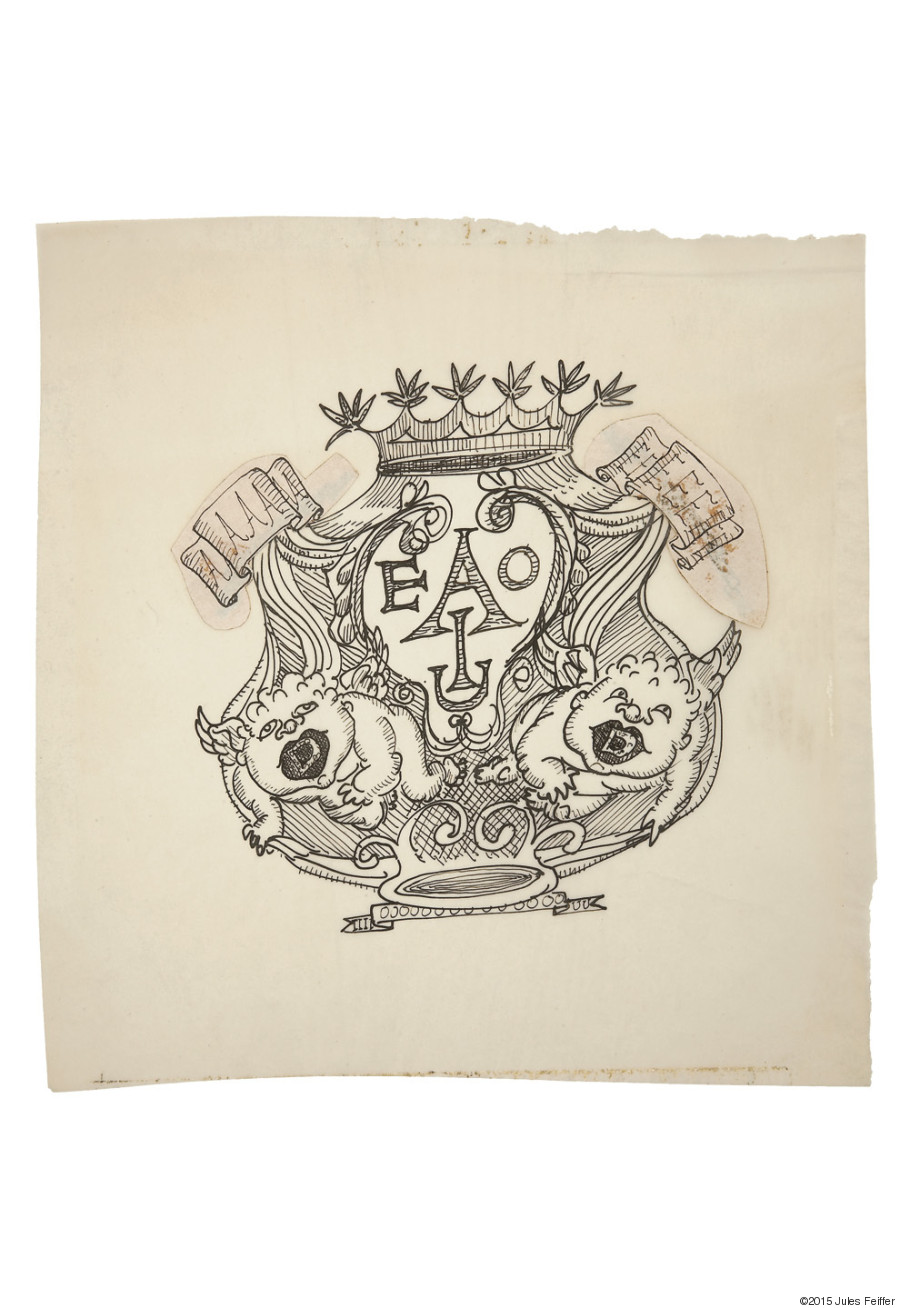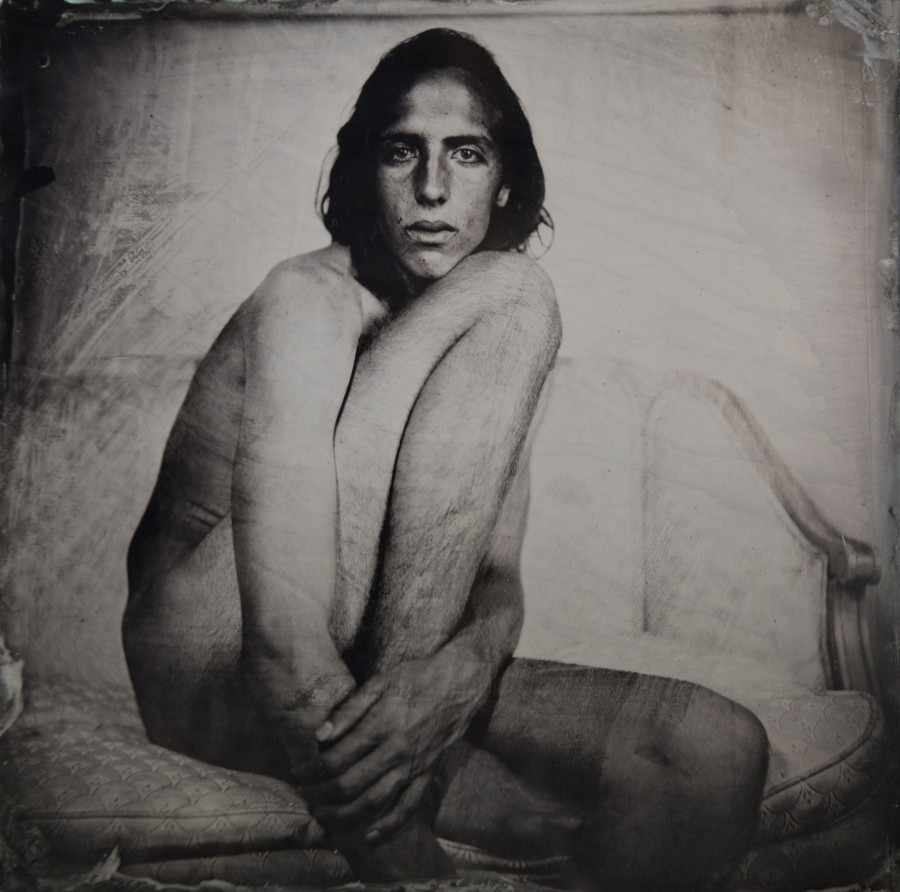Arooj Aftab is attracting attention, despite her best efforts. The New York-based artist -- “one of the biggest stars” of Pakistan’s underground scene, according to
the country’s main newspaper, Dawn -- sings esoteric ballads that can’t be found on Spotify or iTunes.
Like so many of her peers, Aftab takes issue with the balance of returns to artists offered by the listening world’s biggest platforms. Unlike many of those peers, however, she withholds her music to make her point, denying herself a wide breadth of listeners (not to mention music to listen to herself).
Despite this handicap, Aftab’s self-released debut album, "
Bird Under Water," is making noise. Critical acclaim has risen since the album’s launch this spring, from unlikely corners -- from the Swedish press to
MTVIggy (the American network’s global music arm) to the Financial Times, where a
fittingly economical four-star review praises Aftab’s deft handle on both Sufi and jazz traditions.
On Bandcamp, the online music site whose
direct-to-artist pay model convinced Aftab to host her album there, listeners also seem pleased. “If we had to listen only to one album for one year in a row,” wrote one fan in the comment section, “this album would be it."
Aftab’s music is tricky to access for reasons other than logistics. Sufism, generally thought of as a soft offshoot of Islam, has inspired poets and musicians since at least the founding of the Nizamuddin Auliya shrine in Delhi in the thirteenth century, where haunting notes of
qawwalis still radiate during weekly concerts. Still, general knowledge is low, especially in the West. Sufism may be trendy in an ambient sort of way -- everyone loves a Rumi quote -- but 30-year-old Aftab finds her thrills in the woods of Sufi history, where the work of lesser known poets live.
With the help of friends in Pakistan, she mines the bazaars of Lahore and Karachi for Sufi texts by which to understand the journey single lines of poetry have taken throughout the centuries, finding their way from the stage to hit radio, in the care of various poets, male and female. As the Financial Times squib implies, Aftab's training is in American traditions, having studied at the venerable Berklee College of Music in Boston. She calls her brand of fusion -- shot through with jazzy trumpets and imagistic Urdu lyrics -- neo-Sufi.
Recently Aftab sat down with The Huffington Post to discuss the neo-Sufi life, in a Brooklyn bar full of (we’re guessing) casual Rumi lovers. As she unveiled the dense reality of Sufism, she also touched on Spotify wannabes in Pakistan, Islamophobia, and her unusual research tactics.
How did you get into Sufi music in the first place?
I always had a very solid sense for sound production. I went to Berklee with the intention to study that. I felt like it’s really important to have a skill in the industry to survive. That has proven to be 100 percent true. I’ve worked at MTV. I worked at Vice doing sound and video and a lot of music supervising. Everybody who works at Conde Nast [where Aftab currently works, in video production] has something else going on -- they’re a comedian, or they’re a writer...
At the same time, because of [this specialization], I was missing music, and so I was listening to
thumris. Just organically, not even thinking about what I was going to do to define myself as a musician. I was just feeling like I needed something to feel close to.
You were homesick.
You could say that. Just listening to
thumris by [prominent Hindustani singer] Begum Akhtar, I got addicted. I’ve always been sort of like, "What’s going on when they start going maniacally like
aah for five hours? What does that mean?" Somehow I was listening and it started to make sense to me. And then I had a phone conversation with my dad. He explained some elements of it to me really beautifully, so I really got it.
Can you recall that conversation?
He said a lot of that vocal stuff that they’re doing that doesn’t make sense -- that sounds like repetitive turkey wailing -- it’s about the give and take of notes between performer and listener. The change in volume, dynamic. It’s like, "This one is for you. This one is for me."
Is that a formalized idea?
There’s a specific moment where it happens in [any Sufi] piece. More toward the end. The beginning is where they establish the
raag [a melodic scale], improvise over it for 30 minutes, move into the actual verses, repeat the verses, repeat the same line. Every time they repeat it, it’s a variation, and I really loved that. I found myself listening to this thing for so long and not getting bored, and realizing that [Akhtar's] still saying the same thing. She hasn’t moved onto the next point.
Rare video footage shows the late Indian singer Begum Akhtar, popularly known as Mallika-e-Ghazal, or the Queen of Ghazals.
I really related it to minimalists like [Erik] Satie. How do you use three notes and build an entire long thing? My classical Western studies were kind of meshing with me obsessively listening, not knowing anything about my own classical traditions, and cracking this code on my own. And really it is amazing. You have this skill and creativity that you can literally say one line 30 times and it sounds like a new line every time.
Is the message typically about God?
Not always. A lot of Sufi stuff is about distance and time and travel. The journey that you take as a singular self searching for love within yourself. In a lot of Sufi poetry that I’ve read the God part is very vague.
Are those themes ever metaphors for religiosity, as in South Indian classical forms?
It depends which Sufi area you’re looking at. The people around the Mughal Empire were kind of experimenting with the changing of the gender phrases and moving away from traditional Islam.
How rogue did they go?
People say Sufism is the open loving version of Islam, non-practicing almost. But then there is so much practice in traditional Sufi orders. Even the fact that it’s called Sufi orders. People ask me if I’m Sufi and which order, and I’m like, "That’s not the kind of Sufi I am." I was born Muslim but that’s the thing. Sufi is a state. It’s how you feel. My music is Sufi not because it’s saying something about God. It’s actually just because it’s very relaxed. If you’re stressed out, it makes you breathe better. It makes you introspective. That’s what Sufi-ness feels like to me.
Are there other practitioners of neo-Sufi?
I feel like I’ve been working on creating a new genre for the last four or five years and then I called it neo-Sufi.
Thumri -- a North Indian style of singing -- differs from Sufi music primarily in content. Where Sufi poets trace back to Islam, thumri singers typically extol the love between the Hindu god Krishna and his consort Radha.
What makes your work “neo-”?
It kind of strips away a lot of the organized parts. Traditional Sufi music is repetitive, drone-based. There’s a lot of chanting involved. Mine is not traditional classical Sufi music but it definitely has those elements of trance and meditation and repetition. It has those open jazz influences too. It takes from a lot of different styles which is why to me it’s neo-. There’s
thumri -- that’s not Sufi, that’s just a classical form. There’s
ghazal; there’s like a reggae song that’s written with the lyrics of Rumi in English, for example.
Sufism counters the notion of Islam that prevails in much of the Western world, yet the two traditions aren't linked in popular understanding.
That’s not the narrative most of the media wants to hear. It’s always such a thing. "Oh my gosh, you’re from Pakistan. You ran away from that terrible place and now you’re here and you’re saved." It’s an extremely Muslim country and everything is all fucked up but there’s a lot of civil problems. Problems that haven’t had to do with terrorism until recently.
But fundamentalism takes center stage in outside minds.
I often find that people get really excited about this narrative with me. "Let’s talk about how she is part of this really unaccepting culture and found her way. Tell us how hard it is for you." Most of the media want to hear that story. The other story, about how it’s just like a regular person trying to figure out how to be a musician, is so much harder to get across.
I was once asked how hard it was for me to get my parents to be down with me studying my music. I was sitting there, in my mind, realizing that everyone in my band -- from the German to the Canadian to the Greek person and American from Maine -- all have these stories about parents flipping out and worrying about their future. But no one would ask them a question like that.
Can you talk a bit about how you find inspiration for your work?
I look at books, historical books from old bazaars. I have friends in Pakistan who I ask them to keep an eye out for anything to do with the Mughal Empire. Music in the fifties, a lot of it ends up being in Urdu. I basically have minions [laughs]. Friends who are journalists or academics, who go to libraries in Pakistan. It’s hard though. Everybody’s on a schedule. They haven’t fully understood what it is I’m doing and I don’t even know until I can physically read the work.
Aftab's writes original work rooted philosophically in the centuries-old tradition that fascinates her.
How does your research translate into your work?
When I write these compositions, it’s really important to me -- since i haven’t been classically trained in this style of music -- not to be dishonoring the tradition. If something was written in this way and sung in this way in this period of time, what was happening in the Sufi realm informs the way that I’ll write the song. When you tell someone that you’re a South Asian Sufi singer and your music is ambient they’re instantly going to have this idea of what that sounds like. I don’t want to be some Buddha Bar cliché.
Does a sensitivity to tradition inhibit creativity?
I pretend that I am one of those poets. It’s like a "What would Jesus do?" kind of thing. The thoughts actually do come. I never have this process where it’s like, I have to sit down now and write a song about this. In a way, it's kind of a Sufi idea. Don't stress.
On Twitter, you recently butted heads with Patari, a site that bills itself as the “largest portal of Pakistani music under the sun.”
They’re building the Pakistani music Spotify. My problem with that is there’s so many Pakistani music websites that just kind of steal the artist’s music and put it online for free. You can’t stop them. It’s in India, it’s in China. It’s everywhere. There’s always going to be a way for you to rip something off YouTube, and people putting up licensed stuff over and over again until they die.
This company making this product, it’s like young folks who should know better. Meanwhile, they did the same thing, where they just took my music and put it on their application. They’re like, “We haven’t launched yet. It’s in beta testing. It’s invite only and we will eventually pay the artist.” I was like, "I’m the artist and this is not a good way to start this!” They were like, "Talk to our CEO." And I was like, “You motherfuckers have a CEO? You’ve figured out your entire infrastructure. You’ve done everything, basically, except handled the part where the artist gets paid. That should be the first thing you do."
What was the reaction in the Pakistani music community?
A couple of other musicians got on board and a whole bunch of us were talking about it on social media. Their application hasn’t really taken off, but it doesn’t matter whether they become big or not. It’s just, that’s not ok. I have stopped using Spotify. It’s really hard because as a musician you also do want access to music. The problem with these streaming mechanisms is that they will pay the royalties for streaming to the label but then the label is screwing the artist over as well because they’re keeping a whole chunk of it and at the end of the day we’re getting one cent per song.
That’s just how this system is structured. What I was getting annoyed about is that Pakistan doesn’t have that [system in place yet]. These guys have the opportunity to do something great. Make it right, you know? You’re actually 99 percent there. Why are you screwing us over?
![sufi]() This interview has been edited and condensed for clarity.
This interview has been edited and condensed for clarity.
-- This feed and its contents are the property of The Huffington Post, and use is subject to our terms. It may be used for personal consumption, but may not be distributed on a website.

































